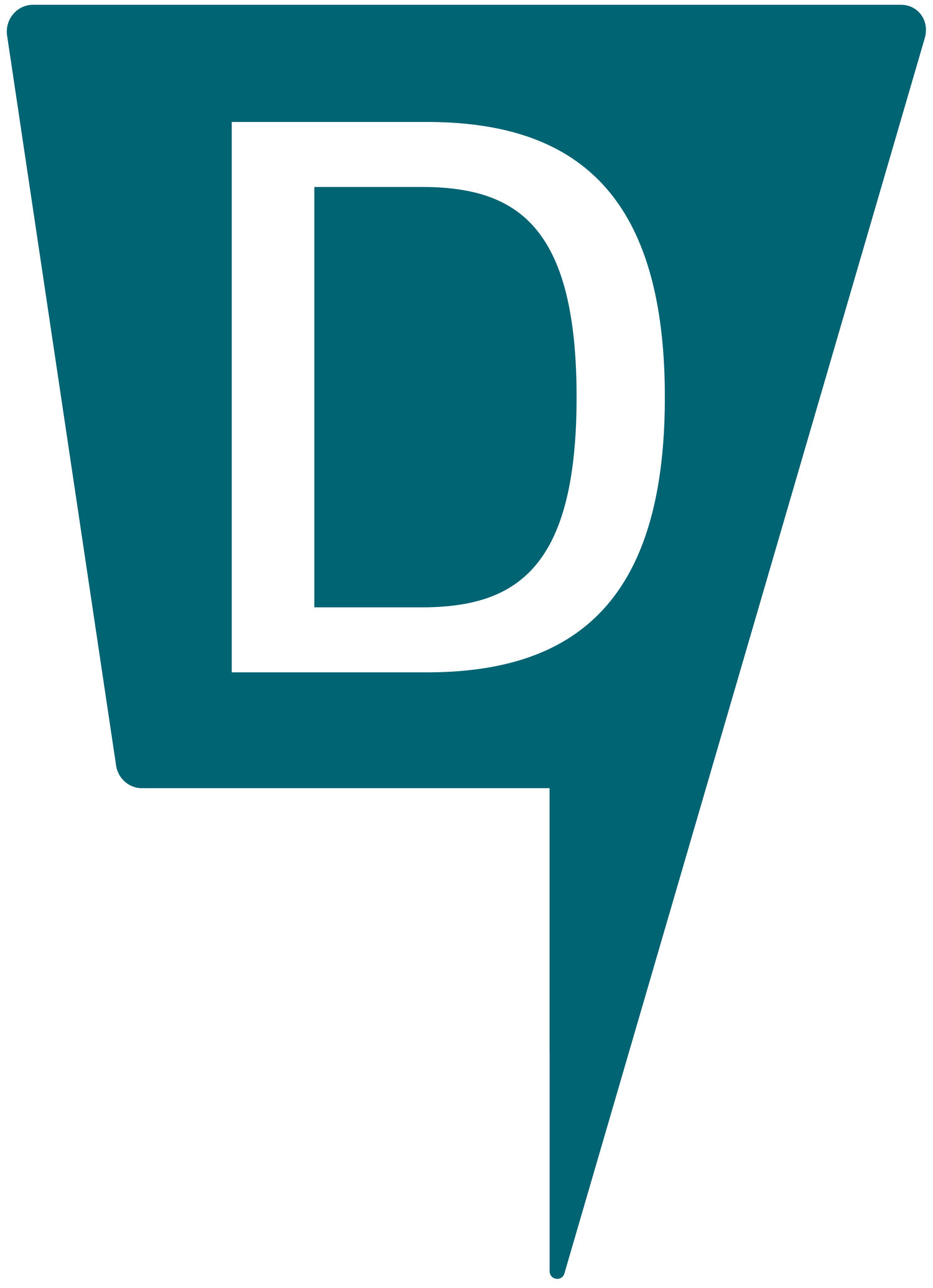The Healing Power of a Googly Eye (Part 1)
By Nance Leonhardt
I’m often asked how I made the leap from 20+ years teaching high school art to becoming a counselor and student support provider. The answer is more straightforward than you might consider. I didn’t make a leap–we, my students and I, were already in a community of support with each other and an informal therapeutic dialogue within ourselves. Anyone who has been involved in the arts will tell you that these experiences develop so much more than the product of expression. The arts engage our senses, they ask for our understanding, they offer a refuge from linear and literal expression. The arts broker dialogue between artist and audience, maker and material, and collaboration in community. It is no surprise that objectives in the arts have a seamless overlap with social emotional learning.
Certainly in my classes there were specific prompts given to students to make work to unpack identity, find their voices, and provoke empathy, sorrow, or joy. But more than the resultant work, the process of making work together is where the magic happened. It was in those quiet, right-brained afternoons in the studio where students found calm and agency in the simple act of drawing a mark, developing an image, or reworking a sequence.
The academically-focused “capsule curriculum” is a trademark of the DTS model. It allows our students to use school to dig deep intellectually and pursue passions independently. We do not offer studio arts classes or instruction in technique beyond our digital media intensives during sophomore year. While the veteran arts educator in me will always carry a torch for holding arts as essential in formal education, I cannot deny the evidence… arts are alive at DTS.
We benefit from our students’ creative gifts from the transformation of the Commons into Narnia using freecycled furniture and Home Depot overstock and off-cuts, to our amazing student-led music ensembles’ arranging complex instrumentations for cello, flute, electric bass and banjo. Students stage theatrical productions from originally written works to Miller and Sophocles. Student artwork emerges from every content area from crocheted parabolas in Geometry to video game simulations of the effects of GMO food sources on the human body in a senior history course. Students learn from teaching artists in residence and partnerships with arts organizations like The Seattle Opera and Book-it Repertory Theatre. They train on their own time to develop their craft as musicians, performers and makers of work.
In short, if there’s a purpose to produce, our students will always deliver in amazing ways. But last year’s record-breaking statistics related to students' overall mental health and wellbeing left me wondering what might be missing when we restrict arts experiences to deadlines and deliverables. When it’s all about the product, what happens to that grace and synergy of the process?
As an educator and therapist, I’ve had occasion to tour many different academic, clinical and professional settings where the arts are neither central to the setting nor outcome-driven. They are just part of the landscape. Recently, I toured a therapeutic boarding school that may illustrate what I mean. Amidst the curated, “rustic-modern” great room, couches of leather and jade-green velvet flanked by shelves displaying horse ephemera there was a wonderful anomaly. This being a table covered in a drop cloth boasting 75 layers of glitter, hot-glue, paint and bearing the burden of multiple in-process canvasses, half-empty bottles of acrylic paint, googly eyes, and murky bottles of water holding overcrowded brushes. Seated at the table were a couple of the teens, quiet, focused, and grounded. I asked what they were working on. One said, “I don’t know yet. I’m just kinda messing around.” I asked when they were allowed to be in this area and the other said, “whenever we want.”
Inspired, I dove back into the research on the clinical benefits of such unstructured spaces on teens' mental wellbeing. Surely this model would be one that could help heal our students' post-pandemic hurts. The practice called “Open Studio” dates back to the 1940s when a consulting artist was invited to create arts experiences in support of hospitalized patients’ mental health. Separate from what is known as “art therapy,” where specific interventions exist to elucidate the symbolic and expressive secrets of the psyche, the Open Studio framework has evolved to harness the power of unstructured, nonverbal, creative work for managing anxiety, stress, and building rapport. According to seminal developmental psychologist and pediatrician, Dr. Donald Winnicott, “The capacity to be alone in the presence of others” is after all, a hallmark of emotional maturity and regulation (1958).
Open Studio practice is simple and effective. The concept is to facilitate a space for unstructured, non-interpretive creativity to flow, and to develop a community within that practice space. A 2020 systematic review in Frontiers in Psychology found that those who engage in Open Studio programs experience:
Improved emotional regulation.
Increased self-expression.
Antidote behaviors to perfectionism.
Enhanced development of prefrontal cortex.
Reduced isolation by community belonging.
The core principles structuring of an Open Studio include:
Free access.
Drop-in.
Facilitated but unstructured.
Mixed materials.
Facilitators work alongside users.
Resultant work may be displayed informally within the space but “shows” do not arise from Open Studio experiences.
With this research in hand and a lifetime’s worth of materials expertise lodged in my gray matter, I pitched the idea to Sue Belcher, our Head of School. In Part 2 of this entry, I’ll discuss how we rolled out this new program in our school, talk about some initial roadblocks, the early benefits we’ve witnessed and I’ll give more practical ideas to consider if you’d like to set up something similar in your school or workplace.



